Great literature doesn’t just transport us to imaginary worlds—it’s often inspired by real places that left an indelible mark on authors. These destinations sparked creativity that brought us some of the most beloved books of all time, mixing reality with imagination in ways that continue to captivate readers.
Here is a list of 15 destinations that inspired famous literary works, capturing the magic that happens when place and imagination collide.
Snaefellsjökull Volcano
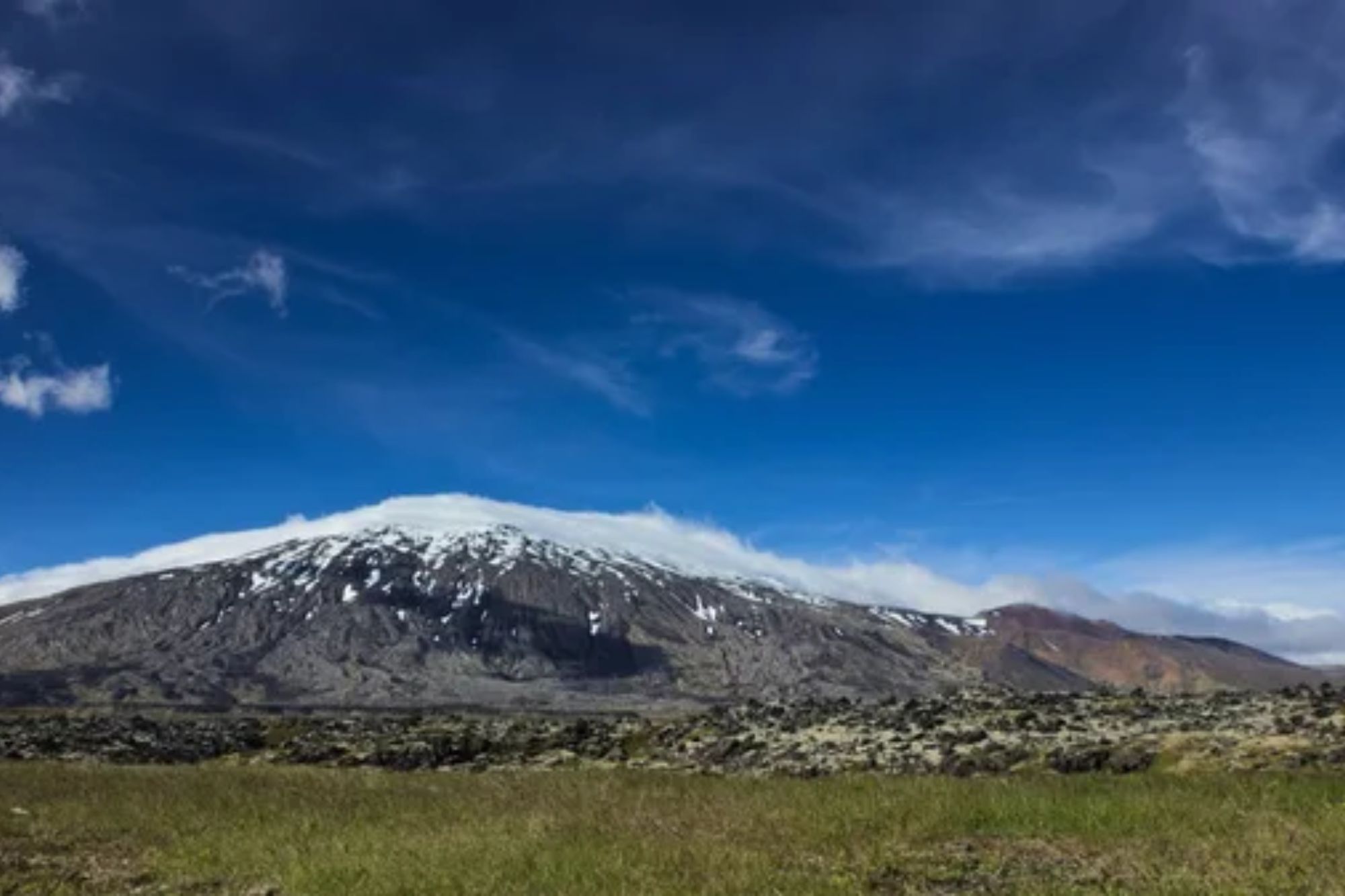
This elegant Colorado hotel in Estes Park became the inspiration for one of literature’s most terrifying locations. Stephen King spent just one night here in 1974, staying in room 217, and the experience left such an impression that he quickly began writing “The Shining.”
The hotel’s isolated mountain setting, long empty corridors, and reported paranormal activity sparked King’s imagination, transforming a luxury resort into the fictional and terrifying Overlook Hotel.
The Stanley Hotel
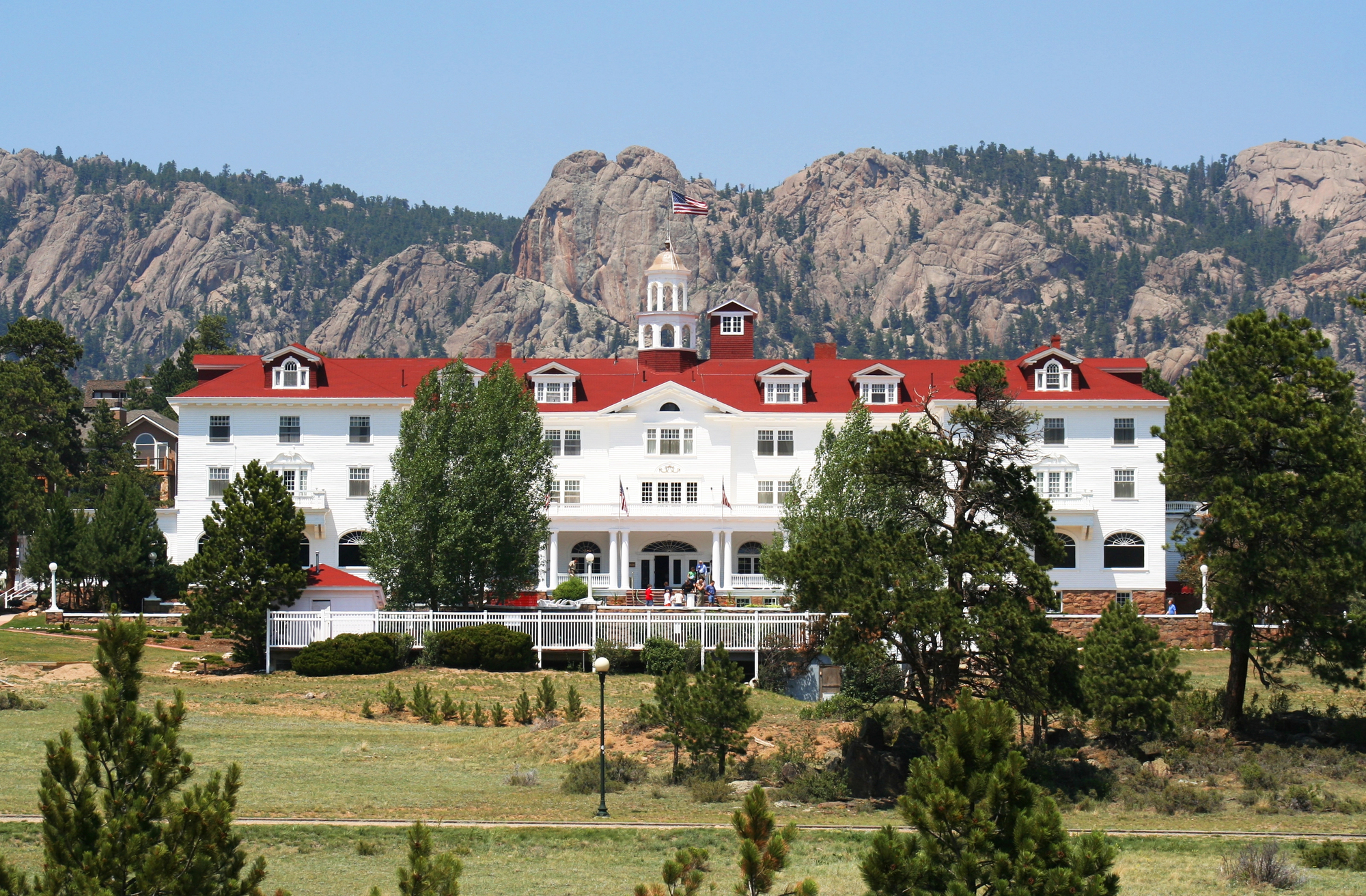
This elegant Colorado hotel in Estes Park became the inspiration for one of literature’s most terrifying locations. Stephen King spent just one night here in 1974, staying in room 217, and the experience left such an impression that he quickly began writing “The Shining.”
The hotel’s isolated mountain setting, long empty corridors, and reported paranormal activity sparked King’s imagination, transforming a luxury resort into the fictional and terrifying Overlook Hotel.
Prince Edward Island

Lucy Maud Montgomery transformed her childhood experiences on this Canadian island into the setting for “Anne of Green Gables.” The real Green Gables farmhouse, owned by Montgomery’s cousins, provided the perfect backdrop for her beloved novel about a spirited orphan.
Visitors today can still wander the “Haunted Woods” and “Lovers Lane” that feature prominently in the book, experiencing the same natural beauty that inspired Montgomery’s vivid descriptions.
Like Travel Pug’s content? Follow us on MSN.
Whitby Abbey

The haunting ruins of this 7th-century monastery perched on England’s northeastern coast captured Bram Stoker’s imagination during a visit in 1890. As fog rolled in from the North Sea, Stoker conceived key elements of “Dracula,” including the scene where the vampire first arrives in England.
The abbey’s gothic atmosphere and dramatic clifftop setting provided the perfect inspiration for one of literature’s most enduring horror stories.
Ashdown Forest
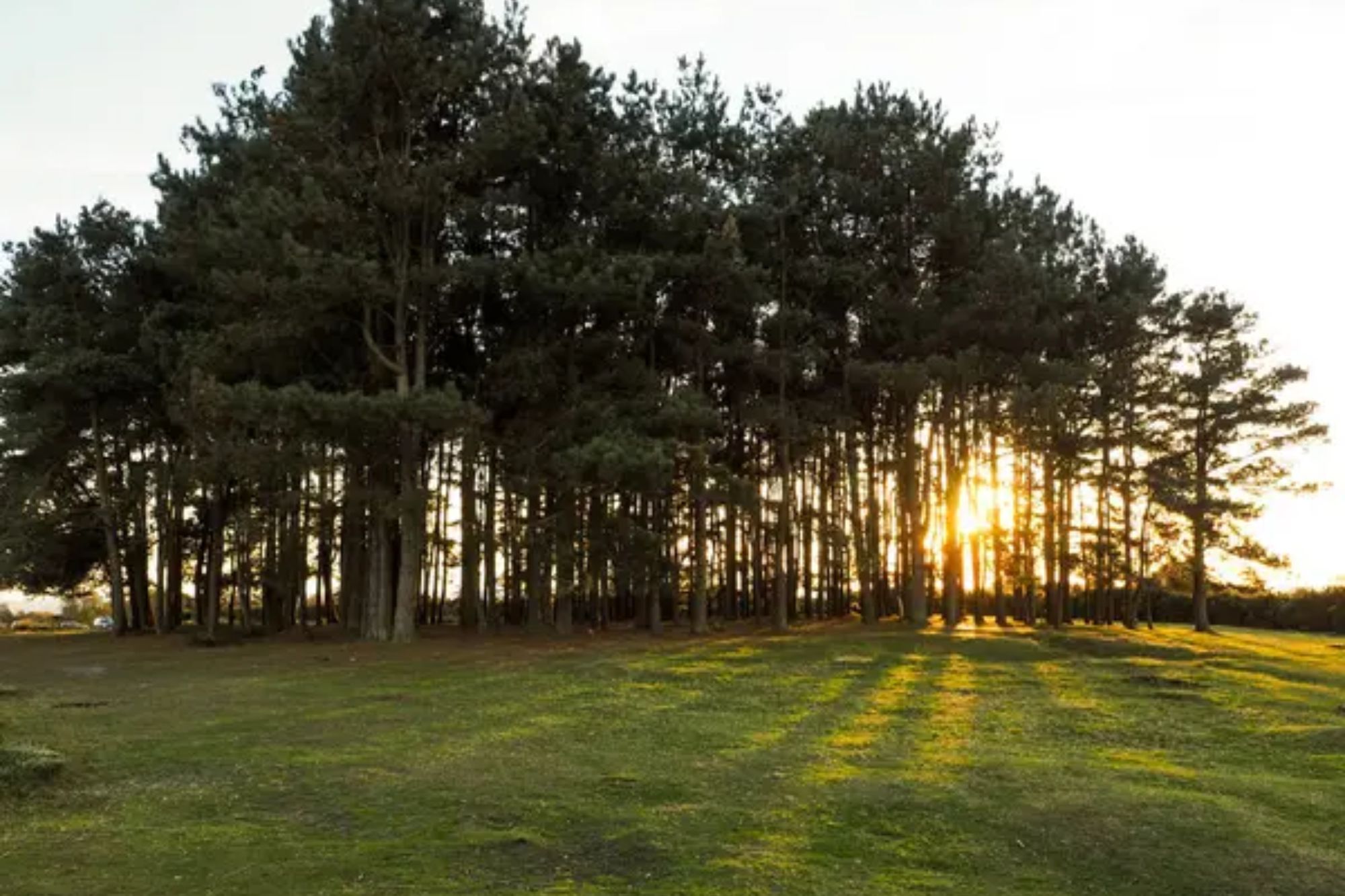
This picturesque woodland in East Sussex, England, is where A.A. Milne would take his son Christopher Robin for walks—adventures that inspired the Hundred Acre Wood in the “Winnie-the-Pooh” stories.
Today, visitors can still cross the real Poohsticks Bridge and explore the enchanting forest that brought Pooh, Piglet, Eeyore, and their friends to life in one of children’s literature’s most cherished settings.
Pamplona
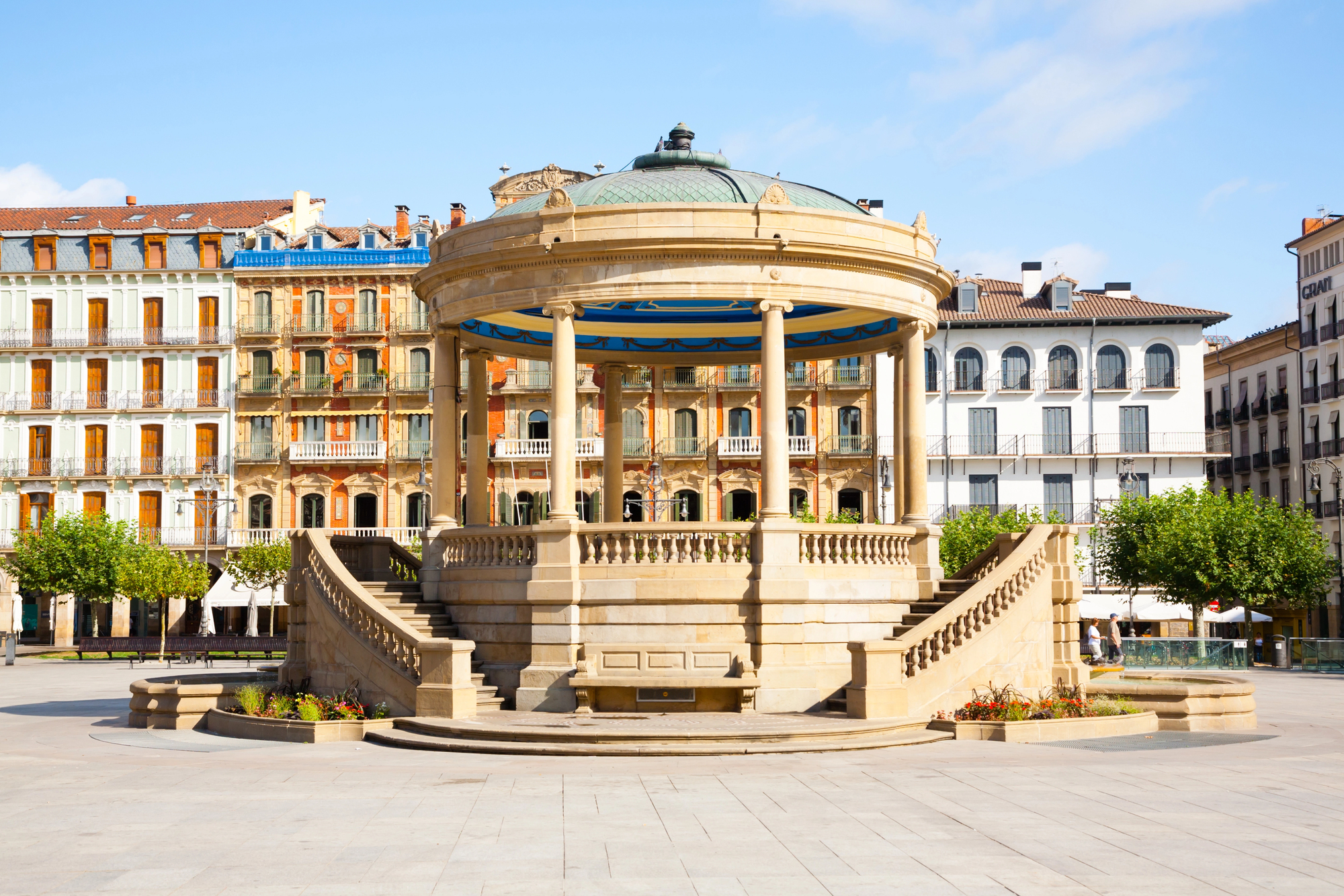
Ernest Hemingway’s visits to this Spanish city and its famous running of the bulls profoundly influenced his 1926 novel “The Sun Also Rises.” The city’s passionate bullfighting tradition, vibrant cafés, and annual San Fermín festival provided rich material for Hemingway’s tale of expatriate life.
Pamplona’s streets and plazas remain much as they were when Hemingway walked them, allowing literary pilgrims to experience the settings that inspired his memorable characters and scenes.
Like Travel Pug’s content? Follow us on MSN.
Great Maytham Hall

Frances Hodgson Burnett’s time at this Kent estate gave her the inspiration for “The Secret Garden.” The walled garden on the property, which Burnett discovered overgrown and neglected, became the magical space where her characters find healing and renewal.
Burnett even tamed a robin in her garden, a detail she incorporated into her beloved children’s novel about transformation and the restorative power of nature.
Great Neck, New York

F. Scott Fitzgerald transformed this Long Island Gold Coast town into the fictional “West Egg” in “The Great Gatsby.” During the two years Fitzgerald lived here in the early 1920s, he observed the lavish parties of wealthy neighbors that would later inspire Gatsby’s extravagant gatherings.
The area’s contrast between old and new money, along with its proximity to the glittering temptation of New York City, provided the perfect setting for his tale of American ambition and disillusionment.
Moseley Bog
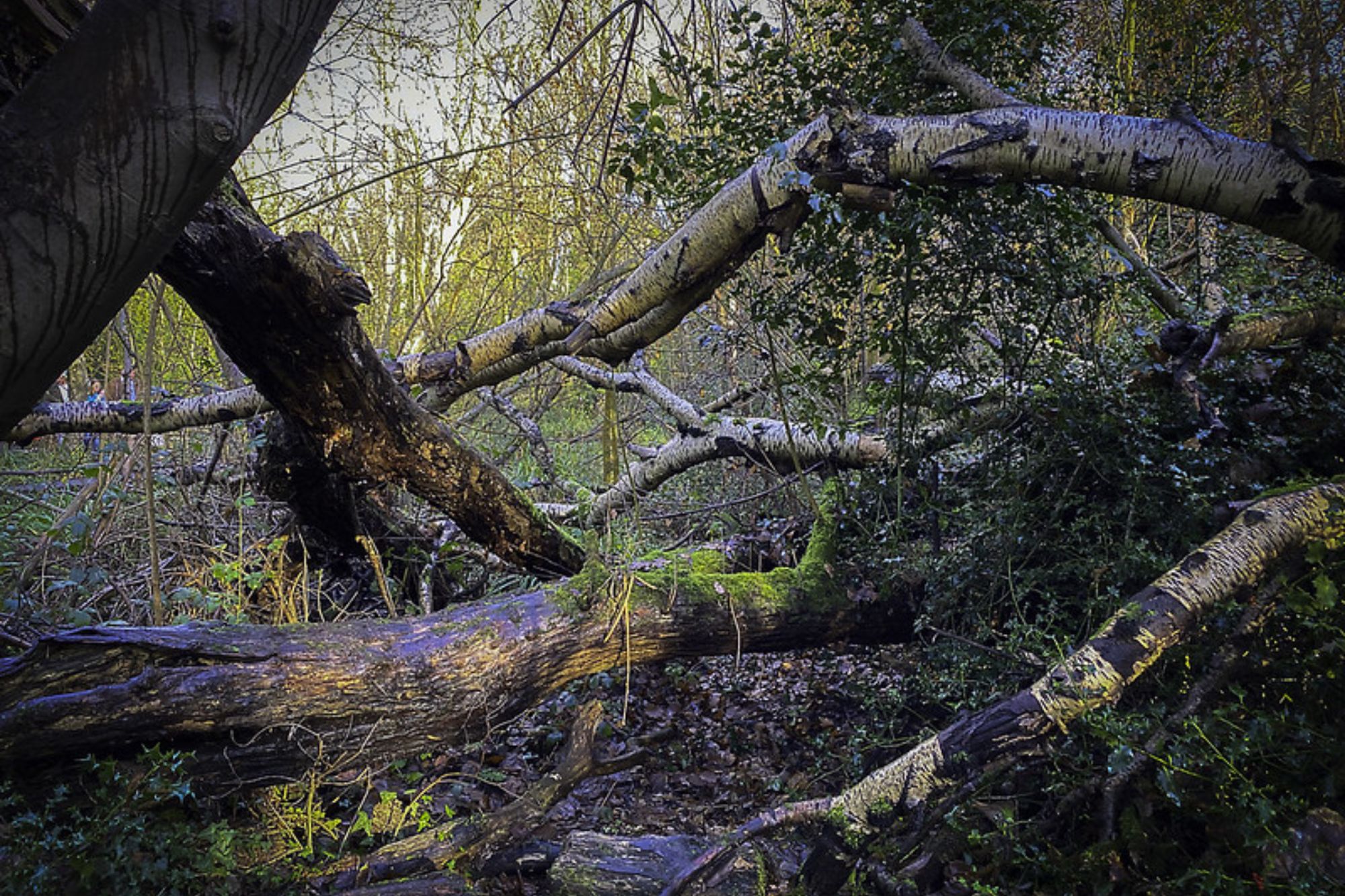
This ancient woodland near J.R.R. Tolkien’s childhood home in Birmingham, England, helped shape his vision of Middle Earth. The bog’s mysterious atmosphere, twisted trees, and sense of ancient history directly influenced his descriptions of the Old Forest in “The Lord of the Rings.”
Tolkien himself acknowledged how the landscapes of his youth remained vivid in his imagination, providing the foundation for his epic fantasy world.
Like Travel Pug’s content? Follow us on MSN.
Mark Twain Cave
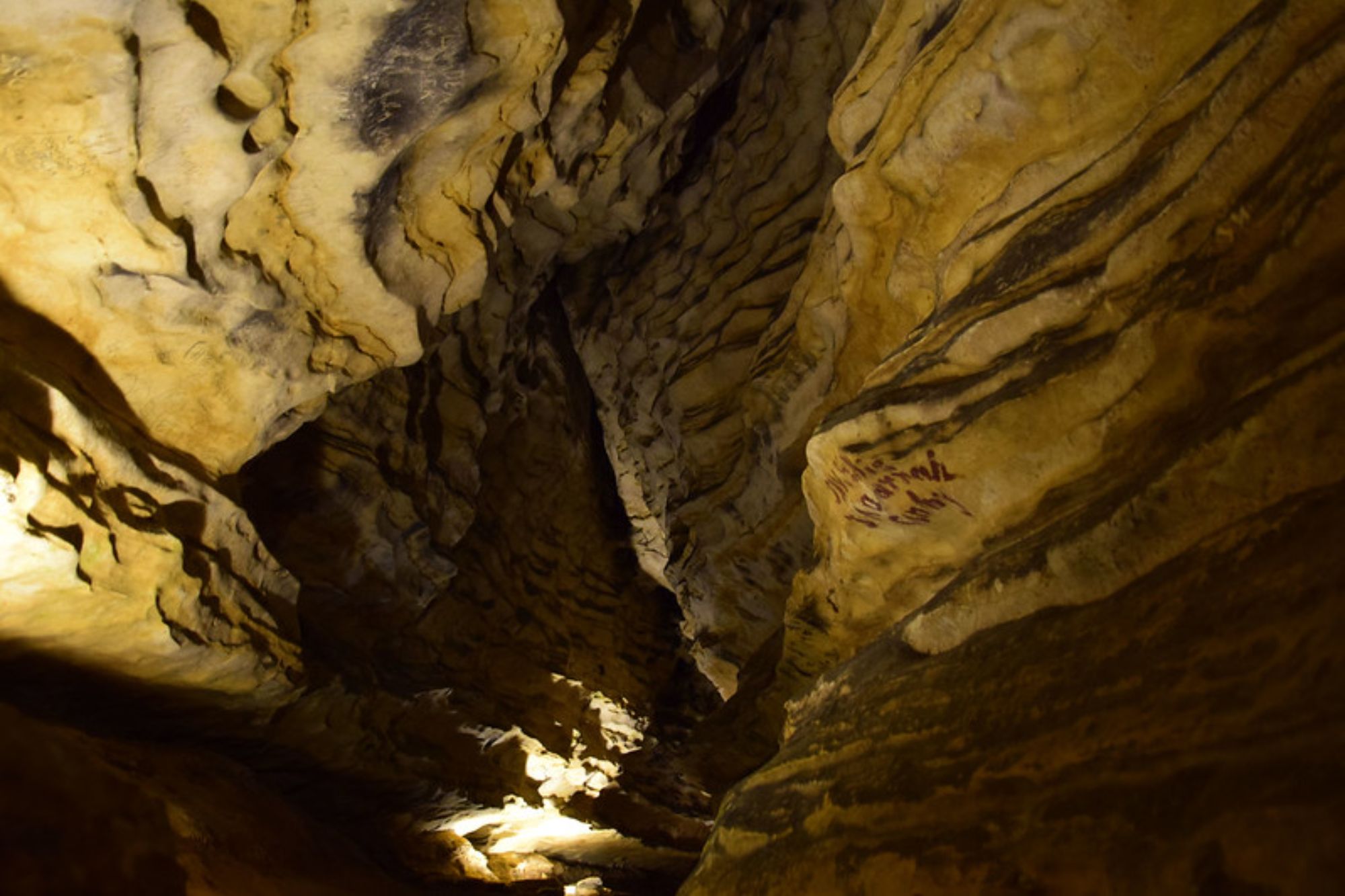
Known as McDowell’s Cave when Mark Twain was growing up in Hannibal, Missouri, this limestone labyrinth appears in “The Adventures of Tom Sawyer” as McDougal’s Cave. Twain explored the cave as a boy and later immortalized it in his novel’s dramatic climax, where Tom and Becky get lost in its winding passages.
The cave, now named for its famous chronicler, remains much as it was when Twain last ventured inside.
Dublin
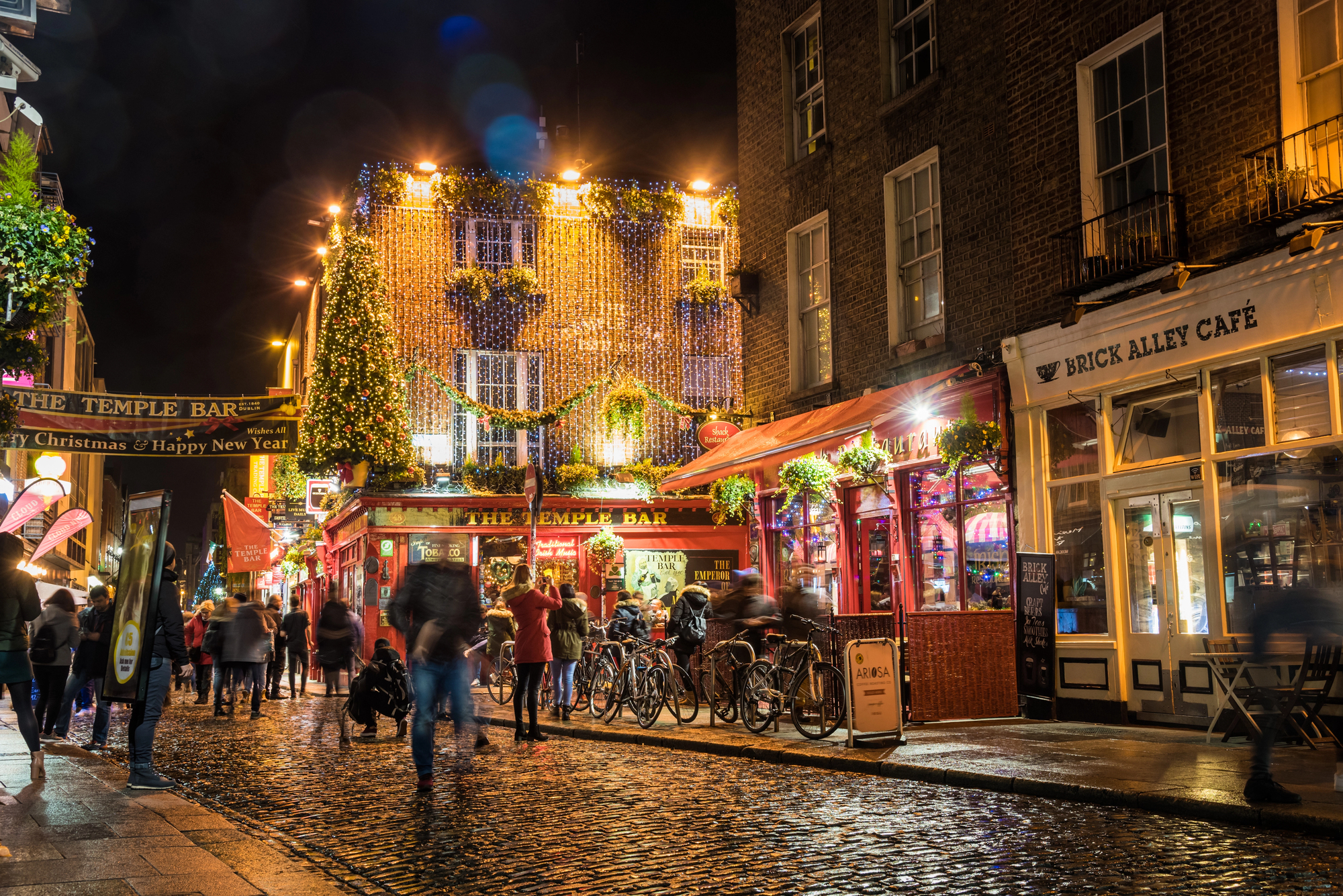
James Joyce’s intimate knowledge of his hometown permeates “Ulysses,” his modernist masterpiece. Joyce mapped Leopold Bloom’s single-day odyssey through actual Dublin streets, pubs, and landmarks with such precision that fans today can follow the exact route.
Places like Davy Byrne’s pub (where Bloom enjoys a cheese sandwich) still operate, offering literary pilgrims a chance to walk in the footsteps of one of literature’s most famous urban wanderers.
Top Withens
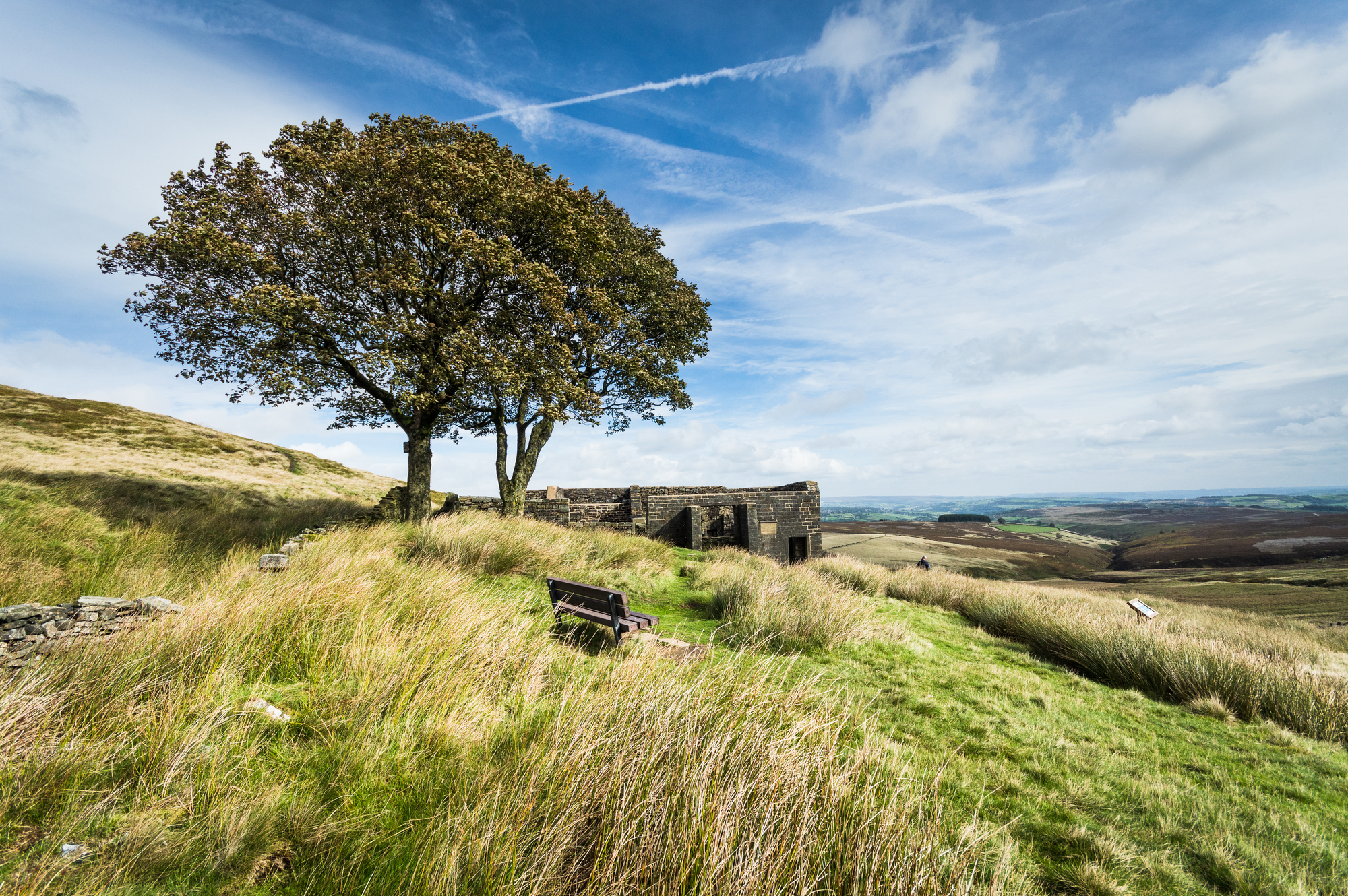
This now-ruined farmhouse in Yorkshire, England, is widely believed to have inspired the Earnshaw family home in Emily Brontë’s “Wuthering Heights.” The isolated structure sits exposed to the harsh elements on the windswept moors, perfectly embodying the wild, untamed atmosphere of Brontë’s gothic romance.
Though the building bears little architectural resemblance to the fictional Wuthering Heights, the surrounding landscape captures the novel’s brooding, passionate spirit.
Like Travel Pug’s content? Follow us on MSN.
Bath
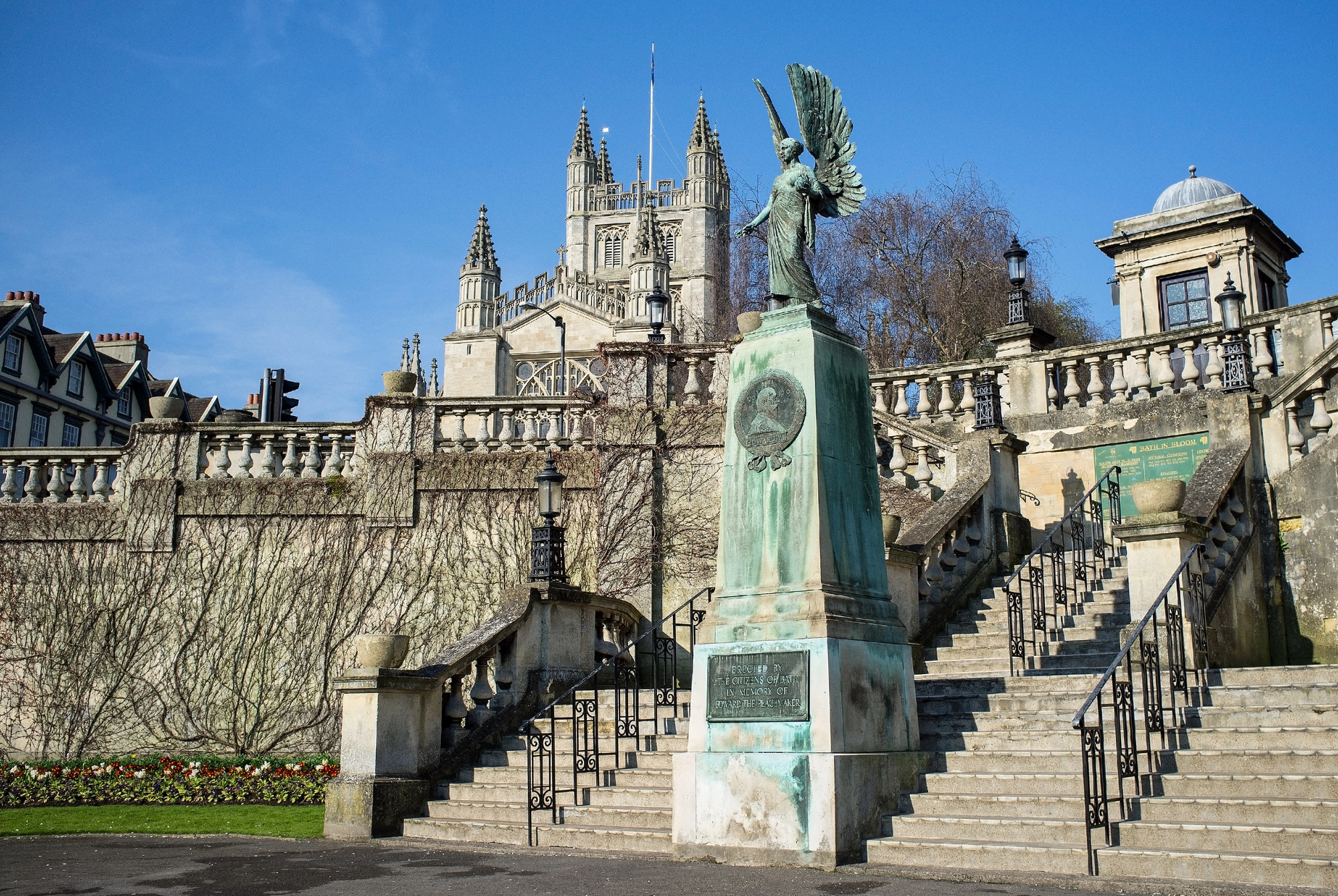
Jane Austen lived in this elegant Georgian city from 1801 to 1806, and it features prominently in novels like “Persuasion” and “Northanger Abbey.” The fashionable society, assembly rooms, and promenades of Bath provided Austen with rich material for her observations on social customs and romantic entanglements.
Today, fans can visit the same crescents, squares, and pump rooms that served as backdrops for her characters’ pivotal moments.
San Juan, Puerto Rico
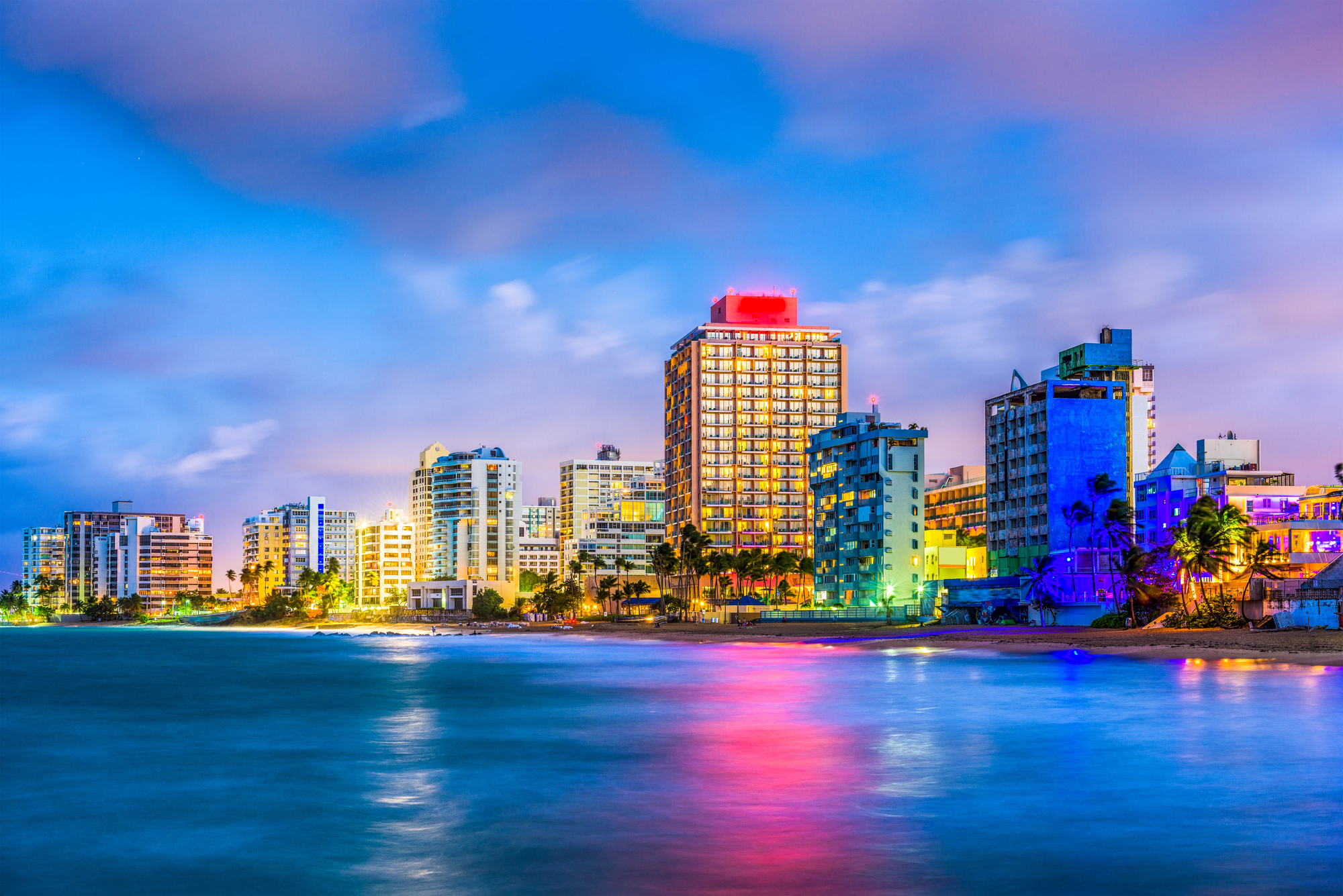
Hunter S. Thompson’s experiences as a young journalist in Puerto Rico’s capital city inspired his novel “The Rum Diary.” The vibrant contrasts of the colonial city—its beaches, hotels, and local neighborhoods—provided Thompson with the perfect setting for his tale of American expatriates.
Though written early in his career, the novel captures the unique atmosphere of San Juan that continues to draw visitors today.
Ngong Hills

Kenya’s majestic landscape captivated Danish author Karen Blixen (writing as Isak Dinesen) during her nearly two decades living on a coffee plantation near Nairobi. The sweeping vistas of the Ngong Hills and the surrounding savannah became the breathtaking backdrop for her memoir “Out of Africa.”
Blixen’s vivid descriptions of camping under star-filled African skies and roaming the endless plains brought the beauty and challenge of colonial Kenya to readers worldwide.
Like Travel Pug’s content? Follow us on MSN.
The Whole World as Inspiration

These destinations remind us that great literature doesn’t emerge from isolation but from writers engaging deeply with actual places. From volcanic gateways to haunted hotels, walled gardens to windswept moors, these locations sparked creativity that transformed ordinary settings into extraordinary literary worlds.
By visiting these places, readers can experience the landscapes, atmospheres, and environments that helped shape some of our most treasured books—creating a deeper connection between the written word and the world that inspired it.
More from Travel Pug

- Cities Growing so Fast You Won’t Recognize Them in 10 Years
- 13 Destinations Where Tourists Regularly Regret Their Trip
- 16 U.S. Cities That Are Quietly Becoming Travel Hotspots
- Where to Travel If You Love Long Bus Rides and Daydreams
- 20 Cities Perfect for Solo Travelers Who Crave Adventure & Culture
Like Travel Pug’s content? Follow us on MSN.
